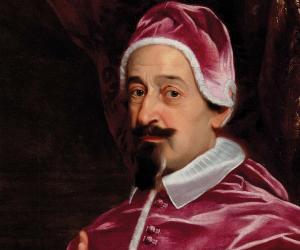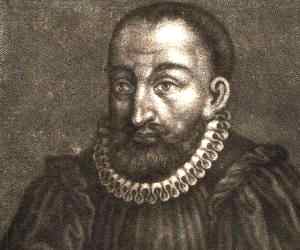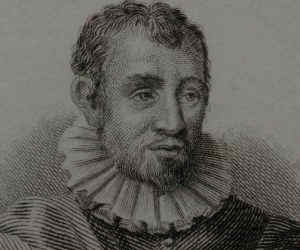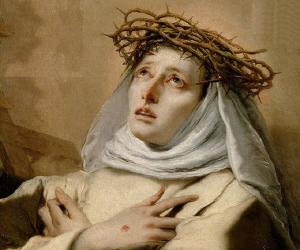

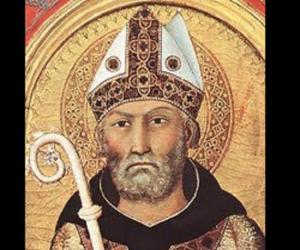
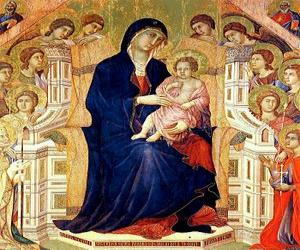
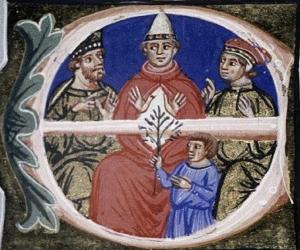
Pope Alexander III served as the chief of the Roman Catholic Church and therefore the ruler of the Papal States from 1159 until his death in 1181. A native of Siena, Alexander was chosen as the pope after a contested election.

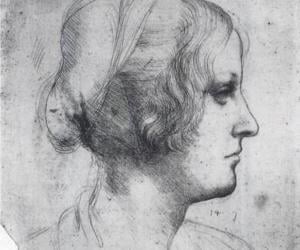
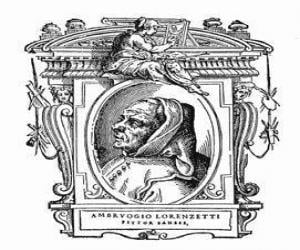
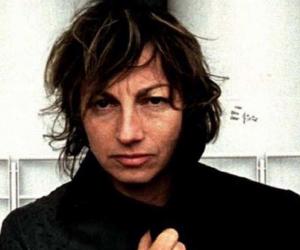
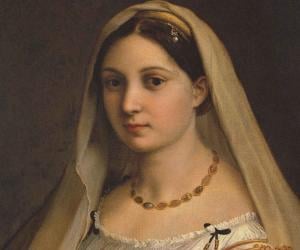
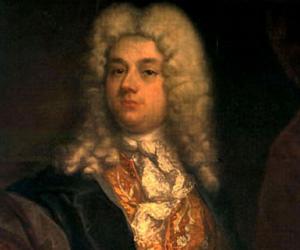
Senesino was an Italian contralto castrato best remembered for his collaboration with George Frideric Handel. After making his debut at Venice in 1707, Senesino went on to establish himself as an important singer and performer.
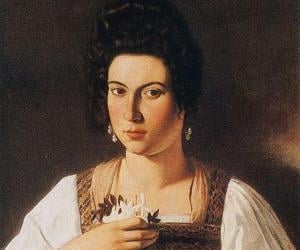
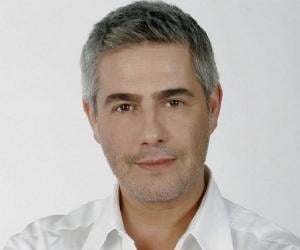
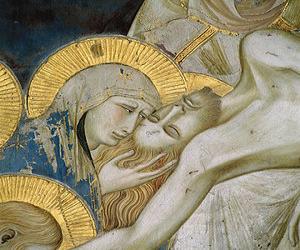

Francesco di Giorgio was a multidimensional person and was a sculptor, painter, writer, architect, and engineer at the same time. The quintessential Renaissance man, he was later chiefly known as an architect and served Duke Federico da Montefeltro. As a sculptor, he specialized in bronze sculptures.
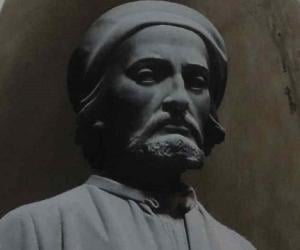
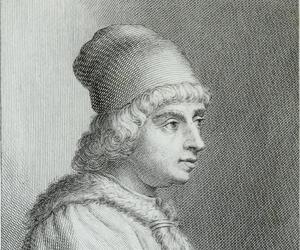
Jacopo della Quercia was an Italian sculptor who was regarded as the most important sculptor in Siena at that time. Not surprisingly, he was commissioned to work on several prominent sculptures including the Trenta Chapel in Lucca's Basilica of San Frediano. Jacopo della Quercia is also credited with decorating the chapel of Saint Sebastian in Siena Cathedral.
Catherine of Siena was a mystic, author, and activist. Thanks to her influence over Pope Gregory XI, Catherine is widely regarded as a prominent figure of medieval Catholicism. She also had a strong influence on the Catholic Church and Italian literature. Canonized in 1461, Catherine of Siena was declared the patron saint of Italy in 1939.
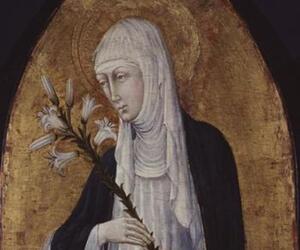
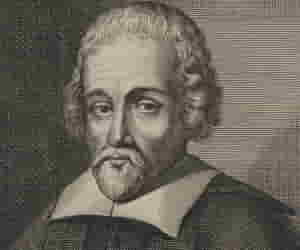
Fausto Sozzini was an Italian theologian who co-founded the non-trinitarian Christian belief system known as Socinianism. His treatise De auctoritate scripturae sacrae, published in 1570, was highly influential on Remonstrant thinkers such as Simon Episcopius. He traveled a lot, spending time in Geneva, Florence, Basel, and Poland. He also authored several non-theological doctrines.
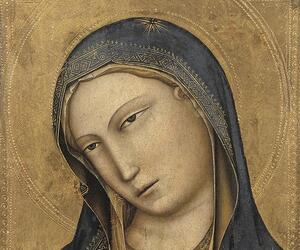
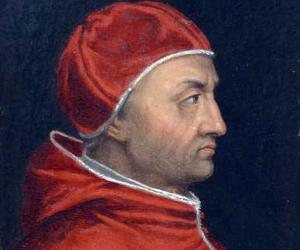
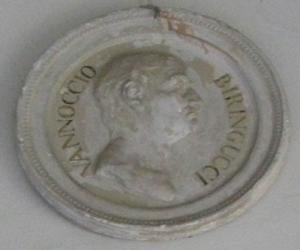
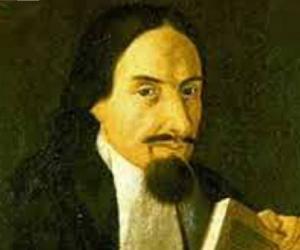
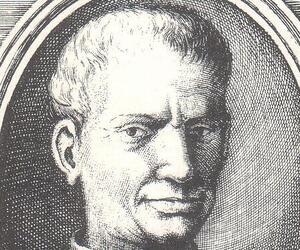
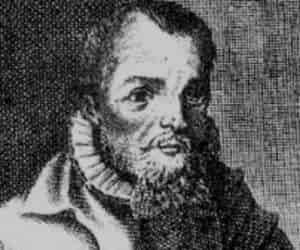

Giuseppe Moretti was an Italian sculptor who is credited with sculpting the world's largest cast iron statue, the Vulcan statue in Alabama, USA. He is also credited with sculpting some of America's iconic statues like the Battle of Nashville Monument and Cornelius Vanderbilt's statue in Vanderbilt University. It’s believed that Moretti was the first person to use aluminum in art.
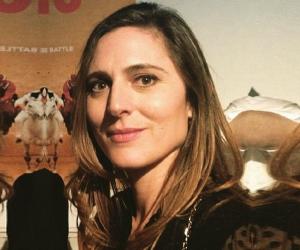
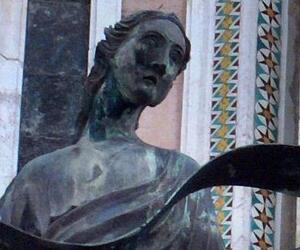
Lorenzo Maitani was an Italian architect and sculptor. He is credited with the construction and decoration of the facade of Orvieto Cathedral. He was already a reputed architect in Siena when he was asked to supervise the construction at Orvieto. Besides being the capomaestro of the cathedral, he was also an overseer of bridges and civic buildings.
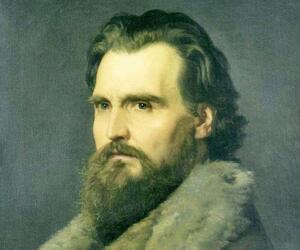
Giovanni Dupré was a 19th-century Italian sculptor considered one of the best of his era. He began his career working in his father’s workshop. In his early career, he also created many fakes of Renaissance sculptures. He earned much respect over the years and took many pupils. His daughter Amalia followed in his footsteps.

Tino di Camaino was an Italian sculptor best remembered for working on the funerary monuments of several prominent personalities like Emperor Henry VII, Catherine of Austria, and Queen Mary of Hungary. He also worked on the tombs of Bishop Orso and Gastone della Torre.
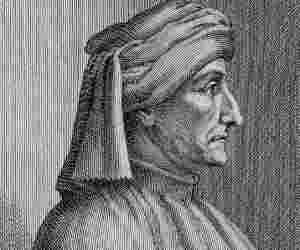
Agostino da Siena was an Italian architect and sculptor. Born into a family of sculptors and architects, he received his training in the workshop of Giovanni Pisano. He collaborated with his mentor to work in the façade of the Cathedral of Siena when he was just 15. In his later career, he often collaborated with artist Agnolo di Ventura.
